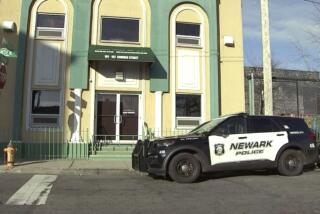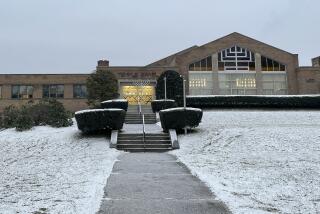In Kabul: Gunfire, the smell of smoke, and woman is slain by a mob

The sound of gunfire first alerted Said Habib Sadat to trouble near Kabul’s Shah-Do Shamshira shrine.
The 56-year-old furrier, who was making a sheepskin cap, heard the shots coming just a few feet from his store on the banks of the Kabul River. He went to the shrine and was shocked to see that the green railing above its outer walls had been toppled by a crowd of hundreds of young men screaming “God is great.”
Worshipers inside the shrine claimed to have captured a woman they said had been burning pages from the Koran, the Muslim holy book. One held charred pages over his head, Habib recalled.
Shopkeepers said they saw the body of the woman, identified by only her first name, Farkhunda, being dragged behind a Toyota hatchback. By the time a group of young men threw her into a dry patch of the river, Farkhunda, whose age was estimated to be between 27 and 32, had been beaten, set on fire and died of her injuries.
Few new details emerged Friday in the grisly slaying the previous night in Kabul, believed to be the first time an Afghan had been killed for allegedly desecrating the Koran. Sediq Sediqqi, a spokesman for the Interior Ministry, said nine people had been detained. Cellphone video captured at the scene and aired on local television clearly shows the faces of many of the men who participated in the attack.
Aside from a statement to police saying their daughter suffered from mental illness, Farkhunda’s family has made no public statements. Local media reports said the woman went missing for three days before the incident and the family had tried to take her for spiritual and medical treatment.
The caretaker of the shrine, Zainuddin, who like many Afghans goes by one name, was taken into police custody for questioning and had not made any public statements.
Daiul Haq Abid, deputy minister in the government’s Ministry of Hajj and Religious Affairs, told Afghanistan’s TOLOnews television that there was no evidence found to prove Farkhunda burned a Koran. “The burned papers were pieces of a Persian book,” he said.
The killing has brought the issues of mental health and violence against women back into the forefront in Afghanistan. A 2009 study by the Ministry of Public Health said three decades of conflict have left at least 66% of the nation’s 32 million people suffering from some form of mental illness.
President Ashraf Ghani, who was due to leave for Washington this weekend to meet with President Obama, had been briefed on the incident. He released a statement condemning vigilante behavior, saying that “ensuring justice is only the duty of courts and whoever engages in violent acts outside the law will be dealt with strongly.”
However, two Afghan officials -- the deputy minister of information and culture and the director of the ministry of religious affairs -- wrote Facebook posts that seemed to praise the mob’s actions.
A Facebook account belonging to a man named Sharaf Baghlany posted a series of pictures with a caption bragging about his role in the killing. Some commenters said Baghlany acted “wrongly” while others congratulated him for his alleged role. Baghlany was among the suspects who had been detained.
Witnesses said it took 30 to 40 minutes for the crowd to grow in excess of 1,000 people, mainly men watching the carnage from the banks of the river that cuts through central Kabul.
For an hour and a half, Habib and other shopkeepers saw smoke billowing from the river. The smoke quickly turned to the smell of burning human flesh.
Saidullah, a guardian at the shrine, said the woman entered the building about 11 a.m. Thursday. Around 3:30 p.m. he heard the first cries from people that she had burned pages of the Koran, he said.
Workers in the shrine tried to cordon off the building but were soon overtaken by the angry crowd. They locked the doors but the mob scaled the walls.
“It was so busy. I didn’t see her body alive or dead,” Saidullah said.
Police tried to control the crowd by firing shots into the air and hitting them with their batons.
Reza Gol, 35, who sells seeds for visitors to give to the pigeons who gather around the mosque, said he was shocked by how quickly events turned violent.
“No one stopped to question her,” he said. “She was a woman, there was no way she could have escaped from a crowd of men.”
By Friday morning, the marketplace was again starting to crowd with people who expressed a range of views about the killing.
A woman wearing a blue chadari, or burqa, said of the mob: “They should burn as they burned her.”
A young man taking cellphone pictures of the charred patch of dirt where Farkhunda had been set alight said, “Of course, I would have joined them had I been there.”
Latifi is a special correspondent.
More to Read
Start your day right
Sign up for Essential California for news, features and recommendations from the L.A. Times and beyond in your inbox six days a week.
You may occasionally receive promotional content from the Los Angeles Times.






